 Welcome
Welcome
“May all be happy, may all be healed, may all be at peace and may no one ever suffer."
Pet allergy

Pet allergy is a common allergic reaction to proteins found in the skin cells, saliva, and urine of pets, such as dogs, cats, and rodents. Symptoms of pet allergy may include sneezing, runny or stuffy nose, itchy or watery eyes, coughing, wheezing, and skin rashes. These symptoms may be triggered by exposure to pets or their dander, which can remain in the air or on surfaces for extended periods of time.
Diagnosis of pet allergy may involve a physical exam, a review of medical history, and allergy testing. Skin prick tests or blood tests can help identify the specific allergen that is causing symptoms. Treatment for pet allergy may include avoidance of exposure to pets, medications to relieve symptoms, and allergy shots (immunotherapy) to desensitize the immune system to the allergen.
Preventing exposure to pet allergens can involve several measures, such as:
- Keeping pets out of certain areas of the home, such as the bedroom or other areas where the allergic person spends a lot of time.
- Bathing pets frequently to reduce dander and other allergens on their skin and fur.
- Using a HEPA air filter to reduce allergens in the air.
- Cleaning surfaces frequently with a HEPA filter vacuum or damp cloth to remove allergens.
If someone has a severe pet allergy, they may need to avoid contact with pets altogether, including visiting homes with pets or attending events where pets are present. In some cases, people with pet allergies may choose to get a hypoallergenic pet or consider alternative pets, such as fish or reptiles, that are less likely to cause an allergic reaction.
Research Papers
Disease Signs and Symptoms
- Frequent sneezing
- Eczema
- Raised, red patches of skin (hives)
- Hives
- Shortness of breath (dyspnea)
- Swollen eye (Conjunctivitis)
- Swollen skin
- Frequent awakening
- Facial pain
- Cough
- Itchy nose, roof of mouth or throat
- Nasal congestion
- Watery eyes
- Itching
- Runny nose
- Whistling or wheezing sound when breathing out
Disease Causes
Pet allergy
Allergies occur when your immune system reacts to a foreign substance such as pollen, mold or pet dander.
Your immune system produces proteins known as antibodies. These antibodies protect you from unwanted invaders that could make you sick or cause an infection. When you have allergies, your immune system makes antibodies that identify your particular allergen as something harmful, even though it isn't.
When you inhale the allergen or come into contact with it, your immune system responds and produces an inflammatory response in your nasal passages or lungs. Prolonged or regular exposure to the allergen can cause the ongoing (chronic) airway inflammation associated with asthma.
Disease Prevents
Pet allergy
If you don't have a pet but are considering adopting or buying one, make sure you don't have pet allergies before making the commitment.
Disease Treatments
The first line of treatment for controlling pet allergy is avoiding the allergy-causing animal as much as possible. When you minimize your exposure to pet allergens, you generally should expect to have allergic reactions that are less often or less severe.
It's often difficult or impossible to eliminate completely your exposure to animal allergens. Even if you don't have a pet, you may unexpectedly encounter pet allergens transported on other people's clothes.
In addition to avoiding pet allergens, you may need medications to control symptoms.
Allergy medications
Your doctor may direct you to take one of the following medications to improve nasal allergy symptoms:
- Antihistamines reduce the production of an immune system chemical that is active in an allergic reaction, and they help relieve itching, sneezing and runny nose.
- Prescription antihistamines taken as a nasal spray include azelastine (Astelin, Astepro) and olopatadine (Patanase). Over-the-counter (OTC) antihistamine tablets include fexofenadine (Allegra Allergy), loratadine (Claritin, Alavert) and cetirizine (Zyrtec Allergy); OTC antihistamine syrups are available for children. Prescription antihistamine tablets, such as levocetirizine (Xyzal) and desloratadine (Clarinex), are other options.
- Corticosteroids delivered as a nasal spray can reduce inflammation and control symptoms of hay fever. These drugs include fluticasone propionate (Flonase Allergy Relief), mometasone furoate (Nasonex), triamcinolone (Nasacort Allergy 24HR) and ciclesonide (Omnaris). Nasal corticosteroids provide a low dose of the drug and have a much lower risk of side effects than do oral corticosteroids.
- Decongestants can help shrink swollen tissues in your nasal passages and make it easier to breathe through your nose. Some over-the-counter allergy tablets combine an antihistamine with a decongestant.
- Oral decongestants can increase blood pressure and generally shouldn't be taken if you have high blood pressure, glaucoma or cardiovascular disease. Talk to your doctor about whether you can safely take a decongestant.
- Over-the-counter decongestants taken as a nasal spray may briefly reduce allergy symptoms. If you use a decongestant spray for more than three days in a row, it can contribute to congestion.
- Leukotriene modifiers block the action of certain immune system chemicals. Your doctor may prescribe montelukast (Singulair), a prescription tablet, if corticosteroid nasal sprays or antihistamines are not good options for you.
- Possible side effects of montelukast include upper respiratory infection, headache and fever. Less common side effects include behavior or mood changes, such as anxiousness or depression.
Other treatments
- Immunotherapy. You can "train" your immune system not to be sensitive to an allergen. Immunotherapy is delivered through a series of allergy shots.
- One to 2 weekly shots expose you to very small doses of the allergen, in this case, the animal protein that causes an allergic reaction. The dose is gradually increased, usually during a 4- to 6-month period.
- Maintenance shots are needed every four weeks for 3 to 5 years. Immunotherapy is usually used when other simple treatments aren't satisfactory.
- Nasal irrigation. You can use a neti pot or a specially designed squeeze bottle to flush thickened mucus and irritants from your sinuses with a prepared saltwater (saline) rinse.
- If you're preparing the saline solution yourself, use water that's contaminant-free — distilled, sterile, previously boiled and cooled, or filtered with a filter that has an absolute pore size of 1 micron or smaller. Be sure to rinse the irrigation device after each use with contaminant-free water, and leave open to air-dry.
Disease Diagnoses
Disease Allopathic Generics
Disease Ayurvedic Generics
Disease Homeopathic Generics
Disease yoga
Pet allergy and Learn More about Diseases
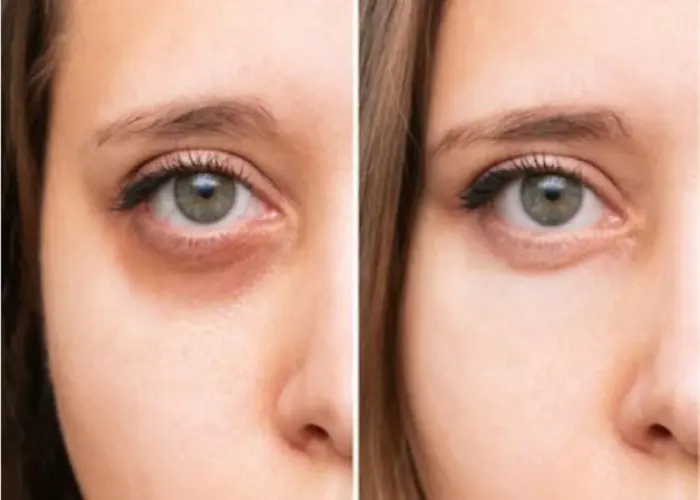
Bags under eyes
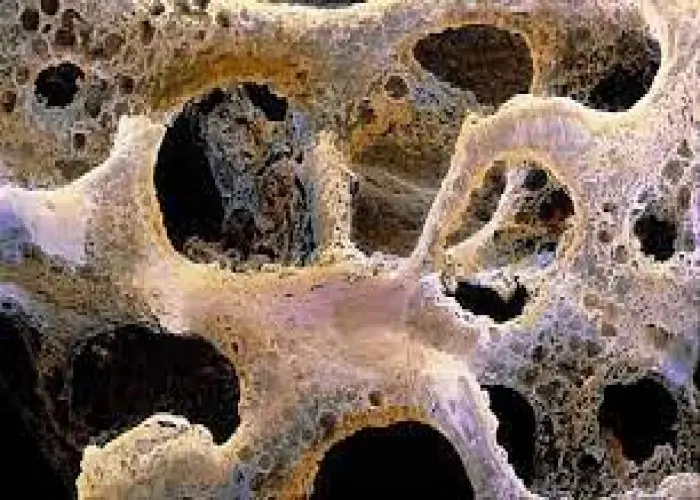
Bone metastasis

Schizotypal personality disorder
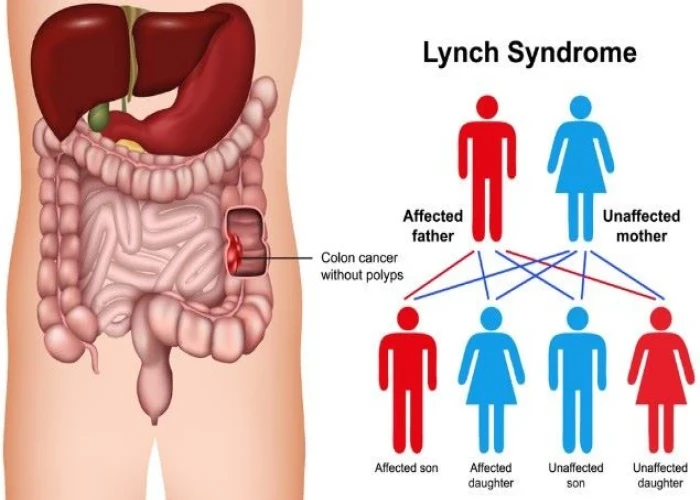
Lynch syndrome

Atrophy of Stomach
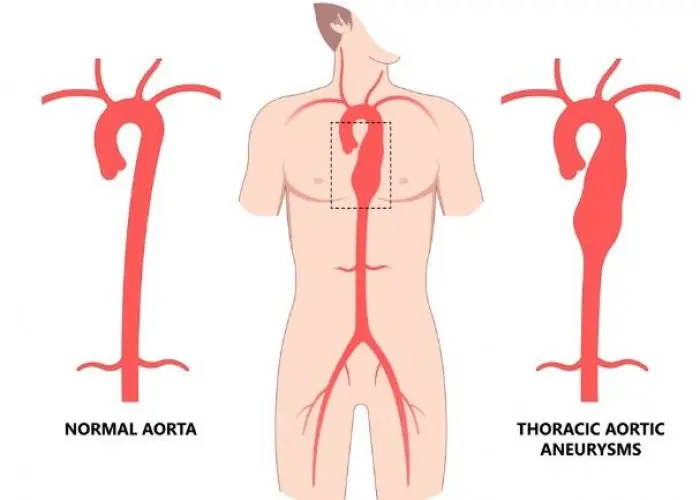
Ehlers-Danlos syndrome
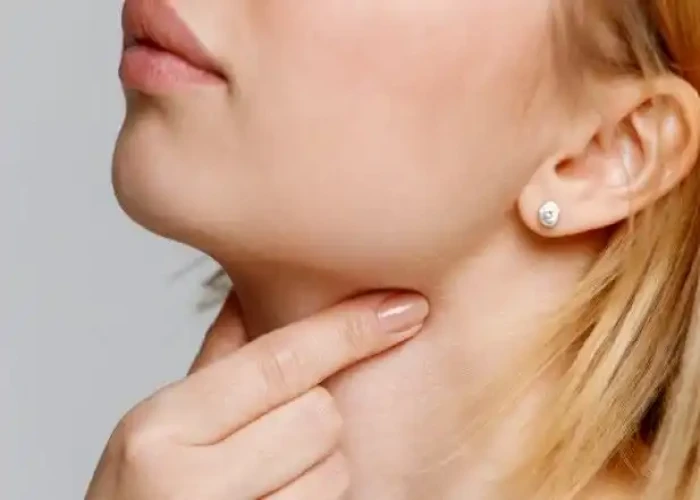
Voice disorders

Anxiety disorders
pet allergy, পেট অ্যালার্জি
To be happy, beautiful, healthy, wealthy, hale and long-lived stay with DM3S.
